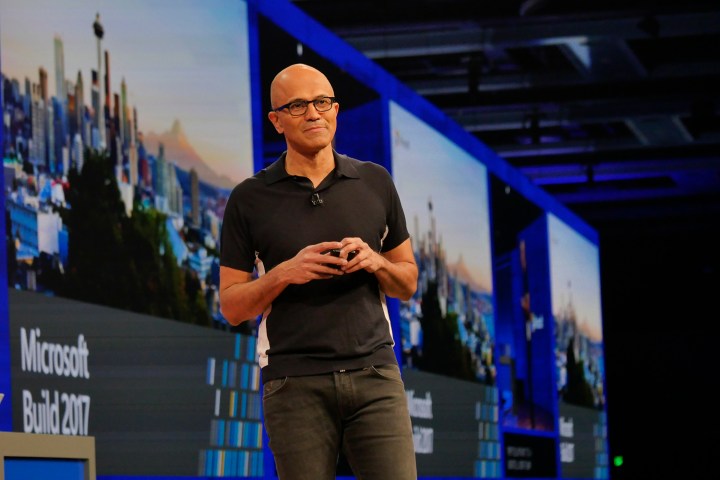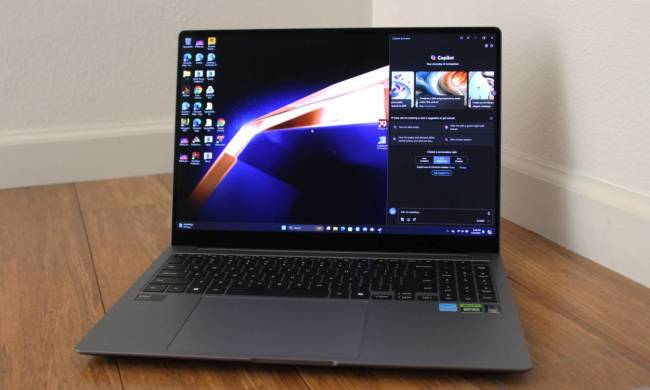
Yet it failed miserably.
Microsoft’s mobile solution simply never attracted enough users. A dearth of users meant that developers didn’t write apps for the platform — the infamous “app gap” remained a significant problem throughout the platform’s lifespan — and because there weren’t enough apps, users stayed away. It was a circular problem. Without enough users, developers don’t make apps. And if there aren’t enough apps, users won’t flock to the platform.
145 million users isn’t enough
Fast forward to today, and Microsoft is facing the same challenge with Windows 10. The company is building all kinds of exciting new features into the operating system with the next major Windows 10 version, Fall Creators Update. In fact, Windows 10 promises to become a user’s technology hub, pulling together apps and information across every conceivable device type and allowing for a seamless transition from one device to another.
Without enough users, developers don’t make apps. And if there aren’t enough apps, users won’t flock to the platform.
No other platform offers such wide support. The problem for Microsoft is that every one of these new features is built around technologies that so far haven’t taken the industry by storm. Even though Windows 10 continues to roll out to more devices (there are currently over 500 million systems running Windows 10), many of the operating system’s core features remain poorly supported and utilized.
Consider that Cortana, one of the most important pieces of Microsoft’s cross-platform infrastructure, is used by 145 million people. That sounds like a big number, but in fact that means it’s used on just a fraction of compatible devices – including just a tiny percentage of the iOS and Android users that need to embrace Cortana to pull everything together.
Compared to the billions of users running iOS and Android, Windows 10 represents a small slice of the overall market, and those who use Cortana are fewer still. Will developers build apps that take advantage of these great new features when relatively few people are using them? That’s Microsoft’s fundamental challenge, and it’s not at all clear that developers will jump on board.
Universal lessons from Universal Windows Platform
Consider the Universal Windows Platform (UWP), which developers use to build apps specifically for Windows 10 that populate the Windows Store. Despite Microsoft’s best efforts, the number of UWP apps remains pitifully small. The Windows Store simply lacks the wide variety of apps that make iOS and Android so compelling.

While Microsoft offers the Project Centennial tool to port old-school Windows apps to the Windows Store, the company would rather developers make shiny new UWP apps that take advantage of Windows 10’s touch, pen, and design capabilities. And so far, that’s just not happening.
The current state of the Windows Store demonstrates how even having hundreds of millions of users doesn’t guarantee that a platform will be embraced by enough users to compel developers to support it. Most developers see no incentive to port their traditional Windows desktop apps to the Windows Store. The applications run just fine the way they are, and customers continue to purchase them.
The definition of insanity
That’s where the Fall Creators Update comes in.
Microsoft hopes developers will see tremendous value in new features like Timeline, which lets users go back in time and pick up tasks where they left off on whatever device, or the new Fluent Design System, which optimizes apps for the device and function. The unparalleled cross-platform support that Microsoft is building into everything in its portfolio is another carrot that the company is holding out to developers.
Windows 10 promises to become a user’s technology hub, pulling information across every device type.
However, Microsoft needs to convince users of that value as well, particularly Windows users who carry iPhones and Android devices, and it needs those users to buy the Windows Store apps that developers create. So far, that just hasn’t happened.
It’s the chicken-and-egg problem all over again.
There are ways to solve it. Apple lured in users to iOS with its superior hardware, for instance. There’s evidence that Microsoft wants to take a page from that playbook. The company is planning to make Windows 10 S — which only allows users to install apps from the Windows Store – the default on the Surface Laptop. But the strategy also has risks – like the fact it might seriously piss off customer who are comfortable with a more traditional desktop environment.
In the end, Microsoft can build it, but users need to come. If they don’t, then Windows 10 will become increasingly isolated, and Microsoft’s strategy of using the OS to remain at the center of user’s lives will fail.


